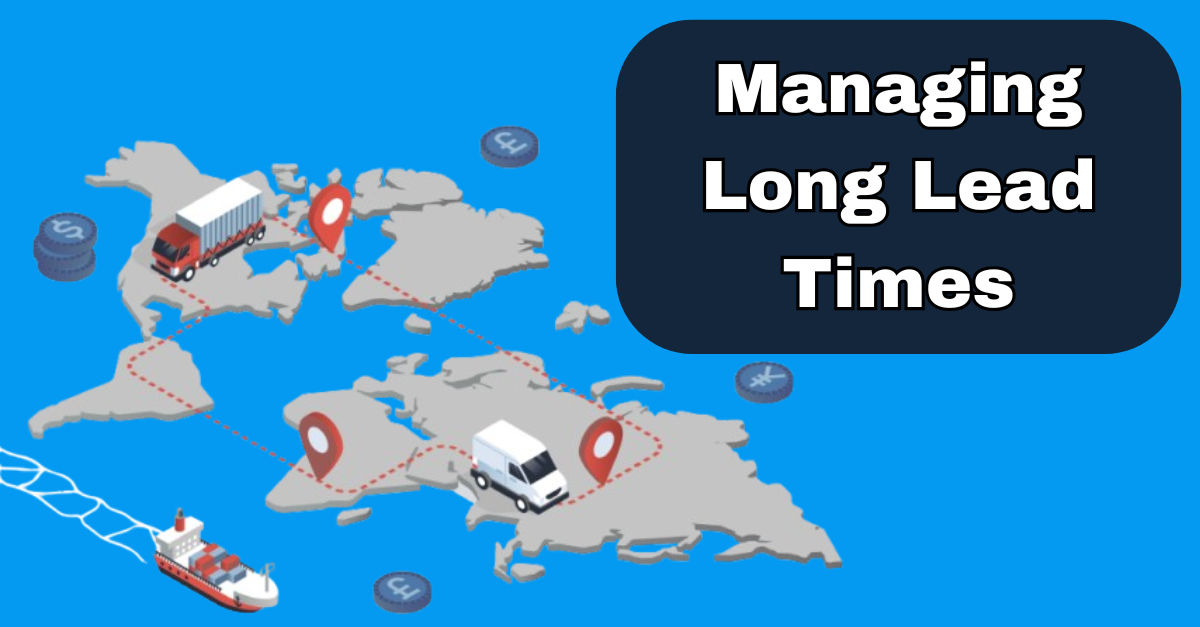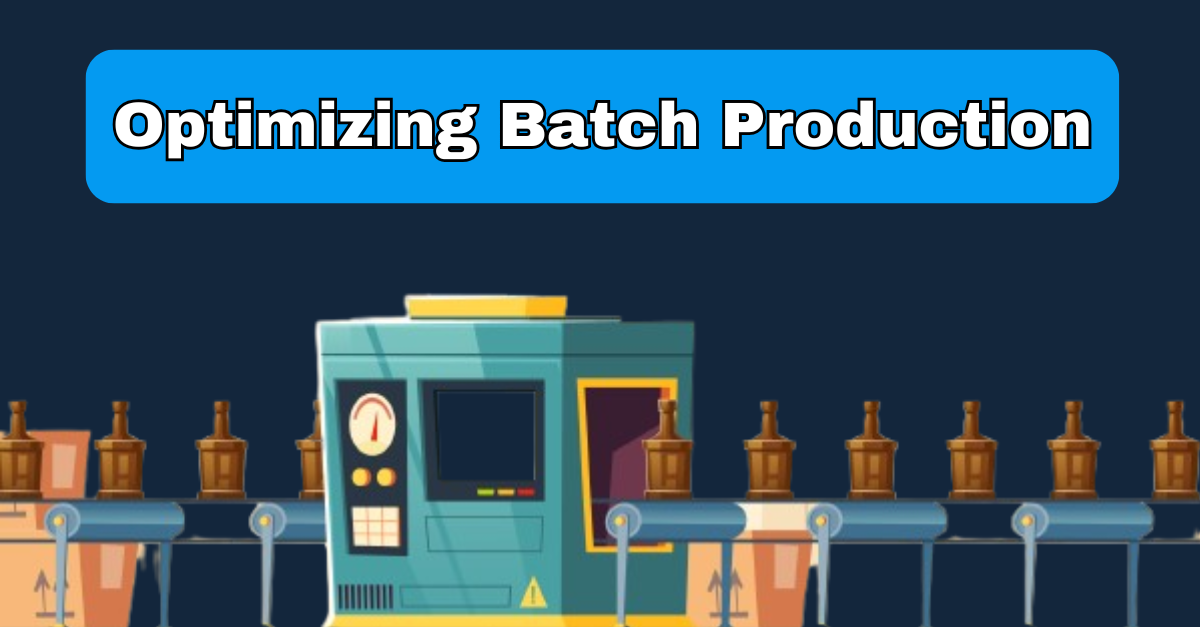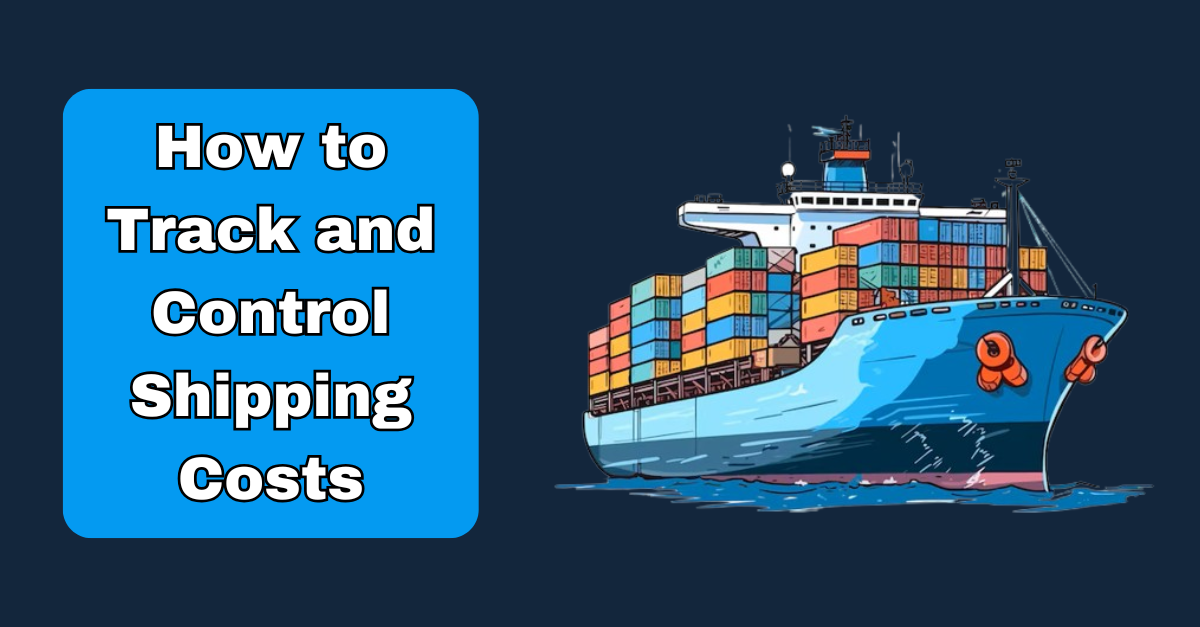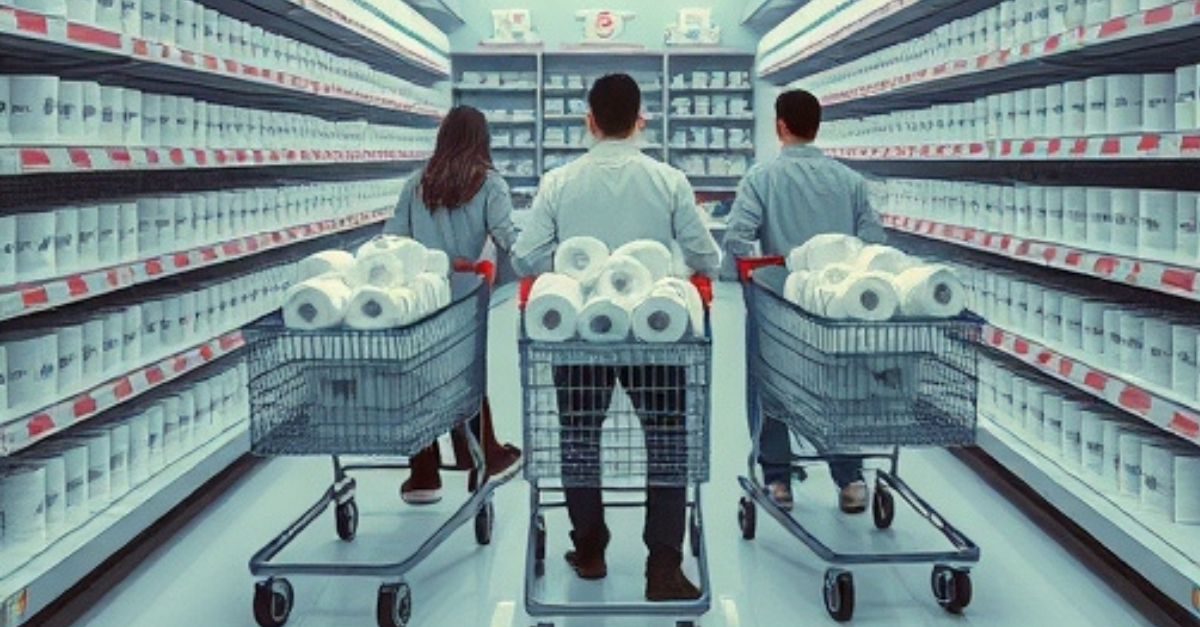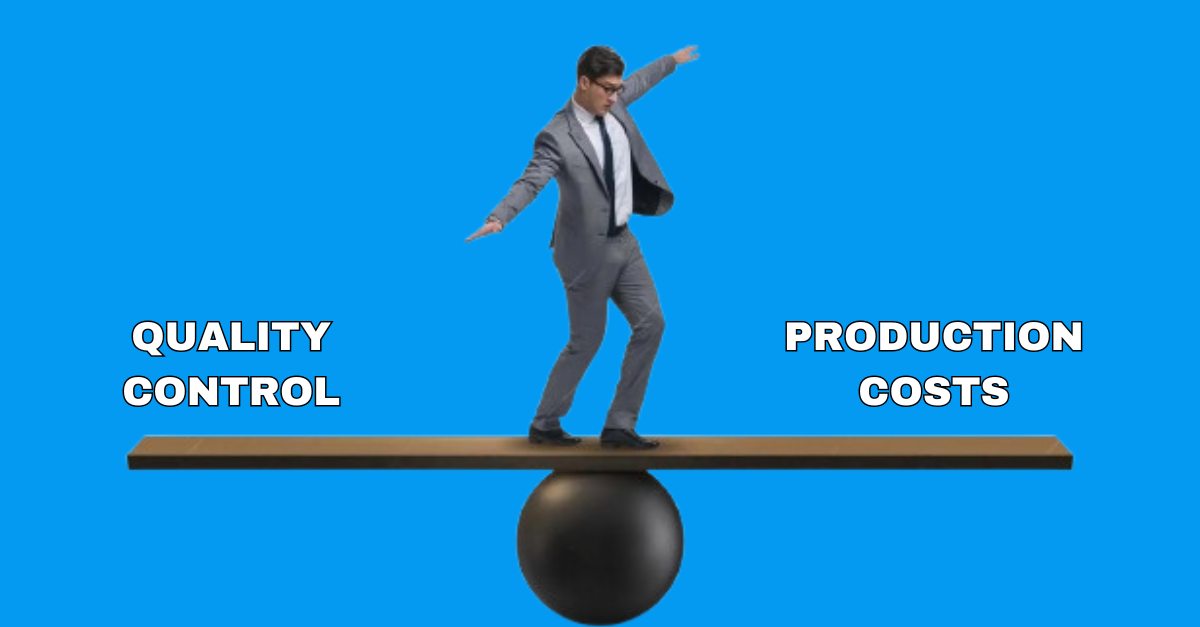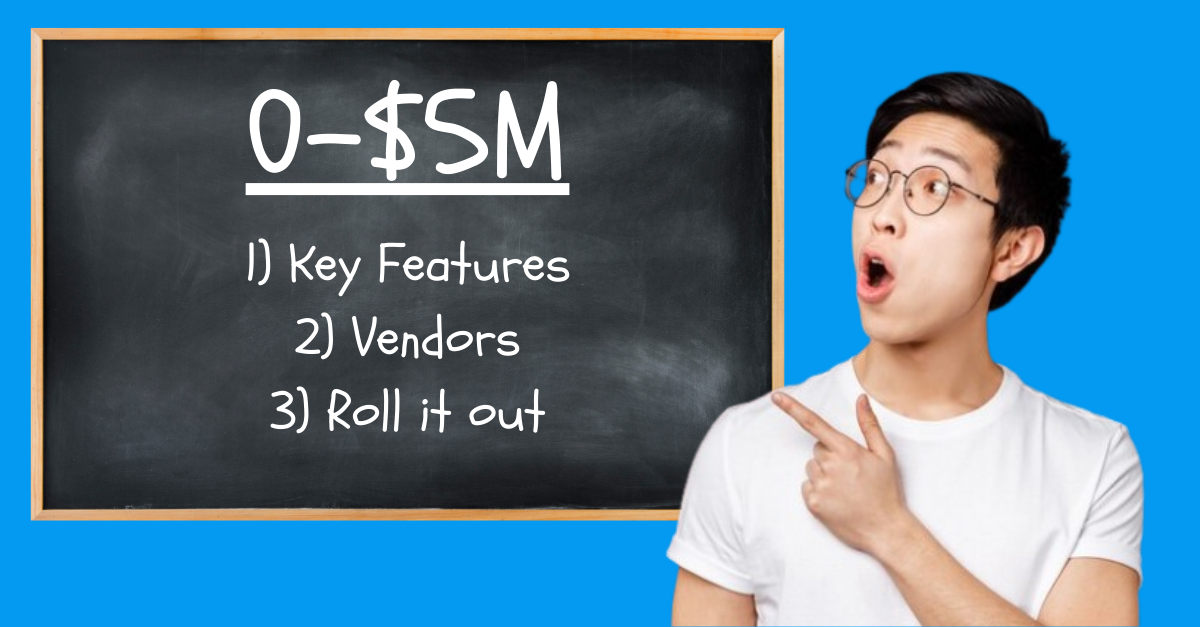Recent News:
FedEx's Self-Loading Robots - FedEx is partnering with Dexterity AI to transform trailer loading within its Ground unit. Through this collaboration, they are testing the capabilities of Dexterity AI's robot, DexR, which autonomously moves to the back of a trailer and connects to a conveyor system, streamlining the loading process. DexR's unique two-arm design enables it to efficiently pick and pack boxes simultaneously, significantly boosting loading throughput. FedEx's ongoing testing reflects their commitment to refining and eventually deploying this technology commercially.
Efficiently loading FedEx trailers is a complex task due to the diverse nature of shipments, varying in size, shape, weight, and packaging material. Dexterity AI's truck-loading robot, DexR, promises to address this challenge by crafting stable walls of boxes with precision. In an environment marked by economic uncertainty and fluctuating interest rates, FedEx's investment in robotics is noteworthy. While some companies are reevaluating their automation strategies due to capital constraints, FedEx remains committed to leveraging technology to optimize its supply chain operations and meet growing customer demand.
Invisible QR Code - Product identification technology, from barcodes to QR codes, has become an integral part of our lives, often going unnoticed. But now, a groundbreaking innovation emerges: the BrightMarker. Developed at MIT's Computer Science and Artificial Intelligence Laboratory (CSAIL), this is an invisible fluorescent tag concealed within materials through 3D printing. It's uniquely detectable only under near-infrared light.
The BrightMarker is not just a static label; it's a dynamic tool. It can track products in motion and seamlessly integrate into augmented and virtual reality experiences. These invisible tags offer a new dimension of security, capable of embedding various layers of information, including product content, origin, and authenticity verification. While they have broad applications, BrightMarkers shine brightest in commercial settings. They empower manufacturers and distributors with the ability to track products meticulously, from assembly lines and warehouses to individual buyers, all thanks to unique IDs assigned to each item. In the future, consumers will perceive these tags through smart glasses, set to become increasingly popular in AR and VR headsets. Just as QR codes gained familiarity during the pandemic on restaurant menus, BrightMarkers will introduce consumers to the idea that everyday objects may carry embedded information. Initially, the technology is expected to primarily benefit industrial settings, where it streamlines tracking throughout a product's creation and movement stages.
Schneider's Hydrogen Truck - Schneider National is taking steps toward a sustainable future by testing a hydrogen-fueled truck. While in the early stages of testing, the executives have identified potential challenges associated with the technology's costs. According to Jim Filter, Schneider's group president of transportation and logistics, significant incentives on a large scale are still needed to make hydrogen-powered trucks a viable reality. However, as Stephen Bruffett, EVP, and CFO at Schneider National, points out, incentives could play a pivotal role in making this technology a more accessible and sustainable option, like the incentives that have driven the adoption of electric trucks.
Supply Chain TV Show - OEC Group, a major international logistics services provider, is set to debut OEC TV on October 1. This platform aims to be a central hub for industry professionals and enthusiasts, offering three channels: Entertainment, Business, and Learning.
Anthony Fullbrook, President of OEC Group's North American region, emphasizes OEC TV's mission to showcase the logistics industry's uniqueness and creativity. It will serve as a resource for understanding industry issues and their impact on businesses, making logistics more engaging and informative.
News Sources:


